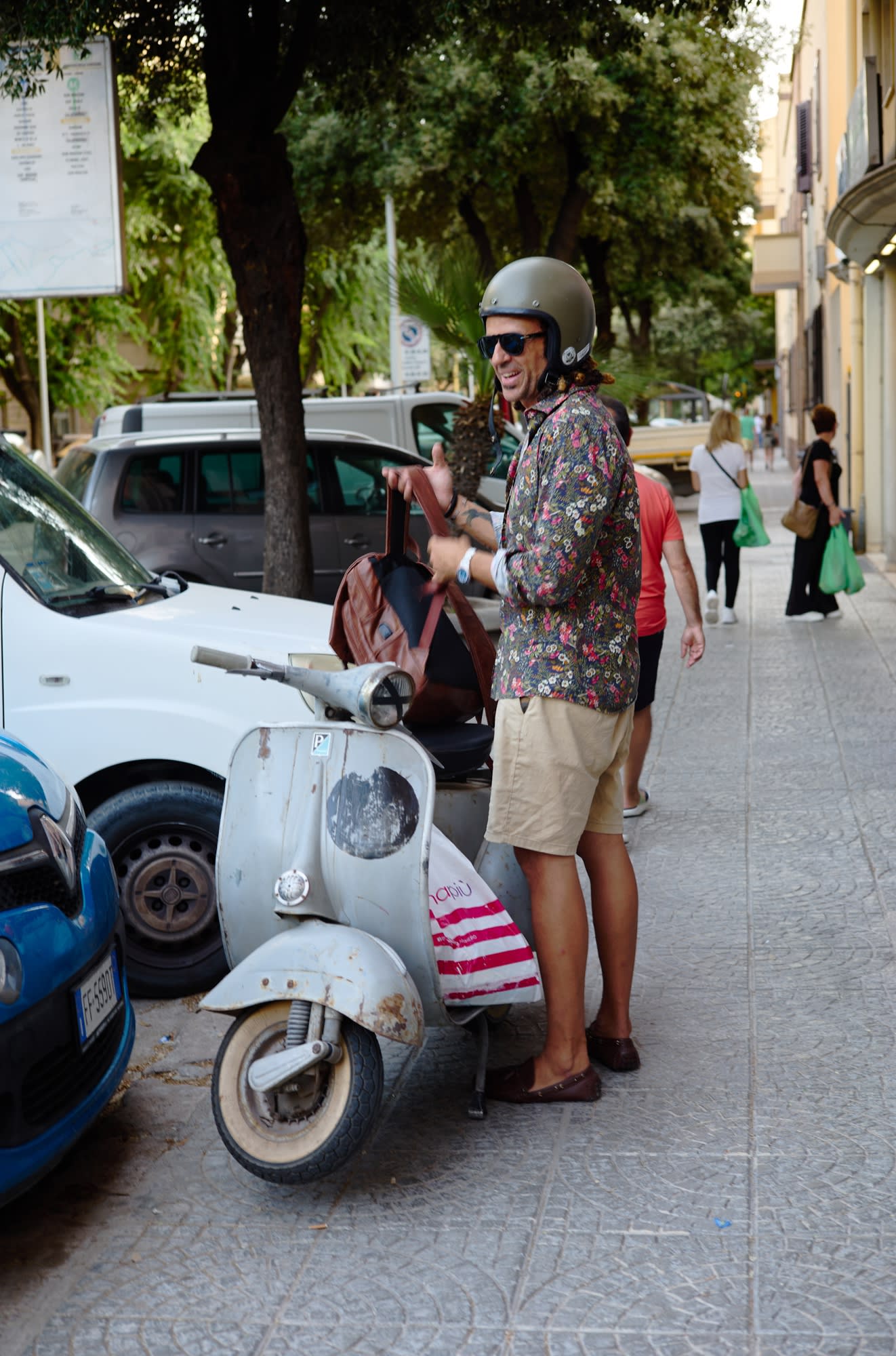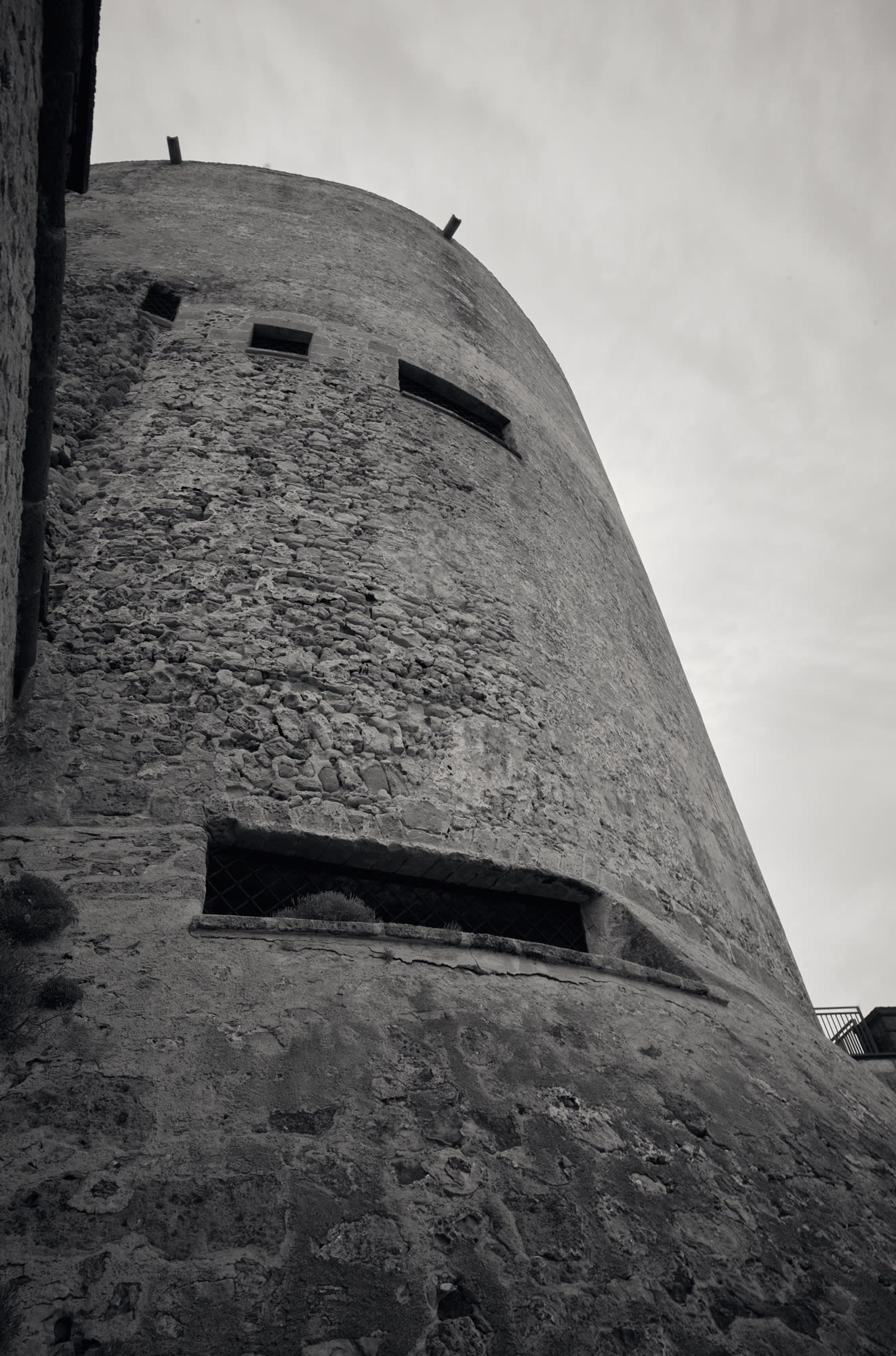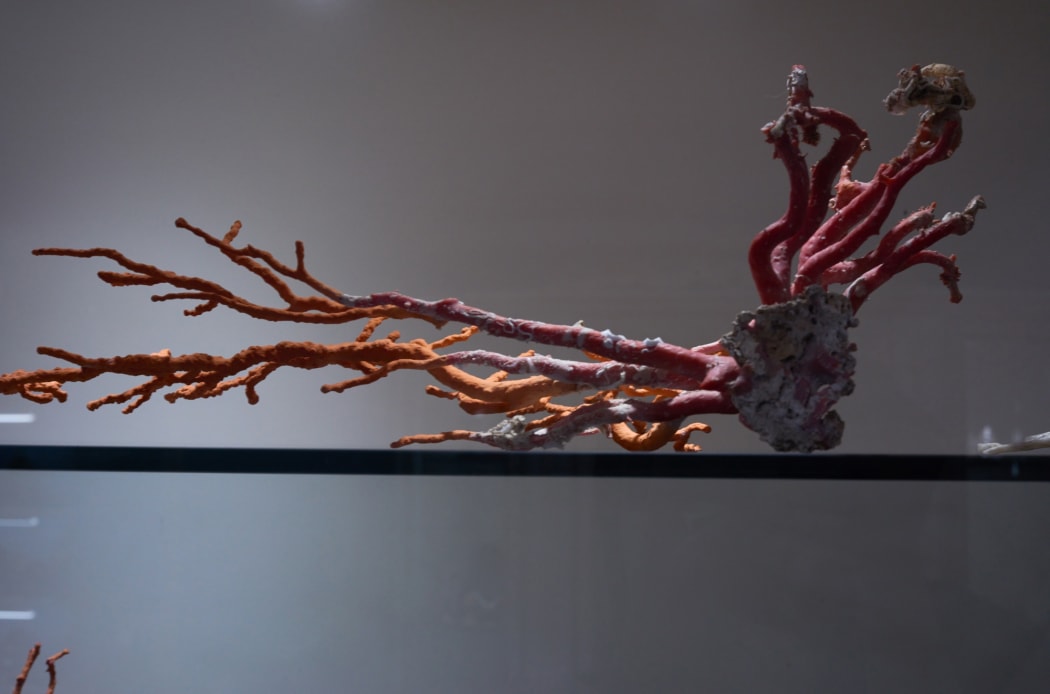
it’s between the walls and the sea that you can read the soul of the Alghero!
Alghero: Have you ever seen the history and present of a city through its silhouettes! Alghero, a history between facts and legends; baroque, neoclassical, Catalan patrimony, the ‘Coral Coast’, and fortified with 90 km of shoreline… Alghero offers perhaps the most beautiful medieval center of Sardinia. And it’s between the walls and the sea that you can read the soul of the Alghero! An anthology sunset on its ramparts; the ocher stone of the houses then turns into bronze tones. An exceptional melting pot of languages and cultures. And gets to present all this to you through silhouettes in the grace of the Queen of the Riviera del Corallo Alghero.
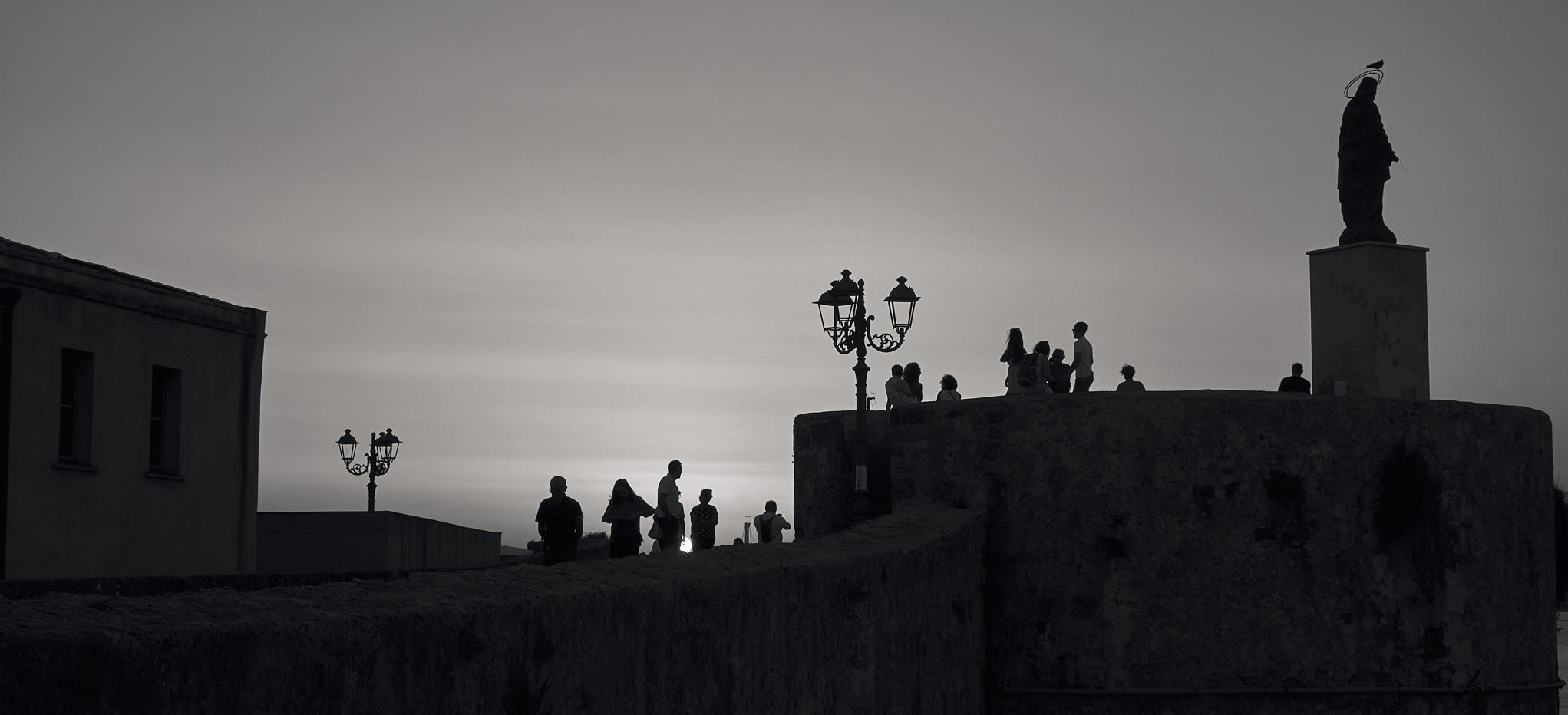
Alghero: meaning and origin of the toponym
Place names origins are often murky: There are secrets, rumors, myths, legends, myths, beliefs, assumptions, social change and narratives.
Myths and legends may be entertaining, but rarely of value. As in Alghero!
According to an article in “Domus de Janas Editore”; Alghero (locally l'Alghé), the place name is derived, through the Catalan mediated form l'Alguer, from the medieval and also present-day Logudorese form s'Alighera. This means "the Place of algae" and derives from the Sardinian alga, áliga "seaweed," itself from the Latin alga, but with the Italian suffix -èra. As recently as seventy years ago, the beach of San Giovanni di Alghero, just before today's Lido was characterized by large mounds of algae.
However, there is some uncertainty about its origins, since on the one hand one does not want to stop imagining that the ville has a name older than not only the Catalan occupation but also its first foundation by the Genoese Dorias, while on the other hand there is a certain reluctance to associate this name with the seaweed that settled in such large shoals on the San Giovanni coast, Even in the Sardinian-Logudor version (S'Alighera), it is located precisely at this point, on the edge of the town, to justify a name that evokes a 'place of seaweed' that is certainly easily identifiable with respect to the rest of the northwest coast of the island.
So, the name derives either from a small pre-existing community about which we know nothing, or from the borned of a newly built and fortified village on this very favorable promontory of the bay.[1]
History, Geography, Territory
Around Alghero, southern Nurra includes a very ancient territory. The stories told by geology begin even before the age of the dinosaurs and continue between the limestone cliffs and caves of Capo Caccia, Punta Giglio and Punta Cristallo.
Then, among these great natural scenarios, the infinite stories of man were added: from the Neolithic graffiti of the green grotto to the pre-Nuragic necropolis, from the numerous coastal nuraghi to the traces of the Romans, up to the medieval birth of Alghero, first Genoese then Catalan-Aragonese.
Over the centuries, among the walled city, the thousand stories of knights and feats of arms, of fishermen and carpenters, of merchants and craftsmen, of illustrious personalities and unknown men, of popular religiosity and processions sacred intertwined, many small and large events.
If you have something to tell about the never-ending stories of this extraordinary region, reach out to 'Associazione Lo Frontuni'.
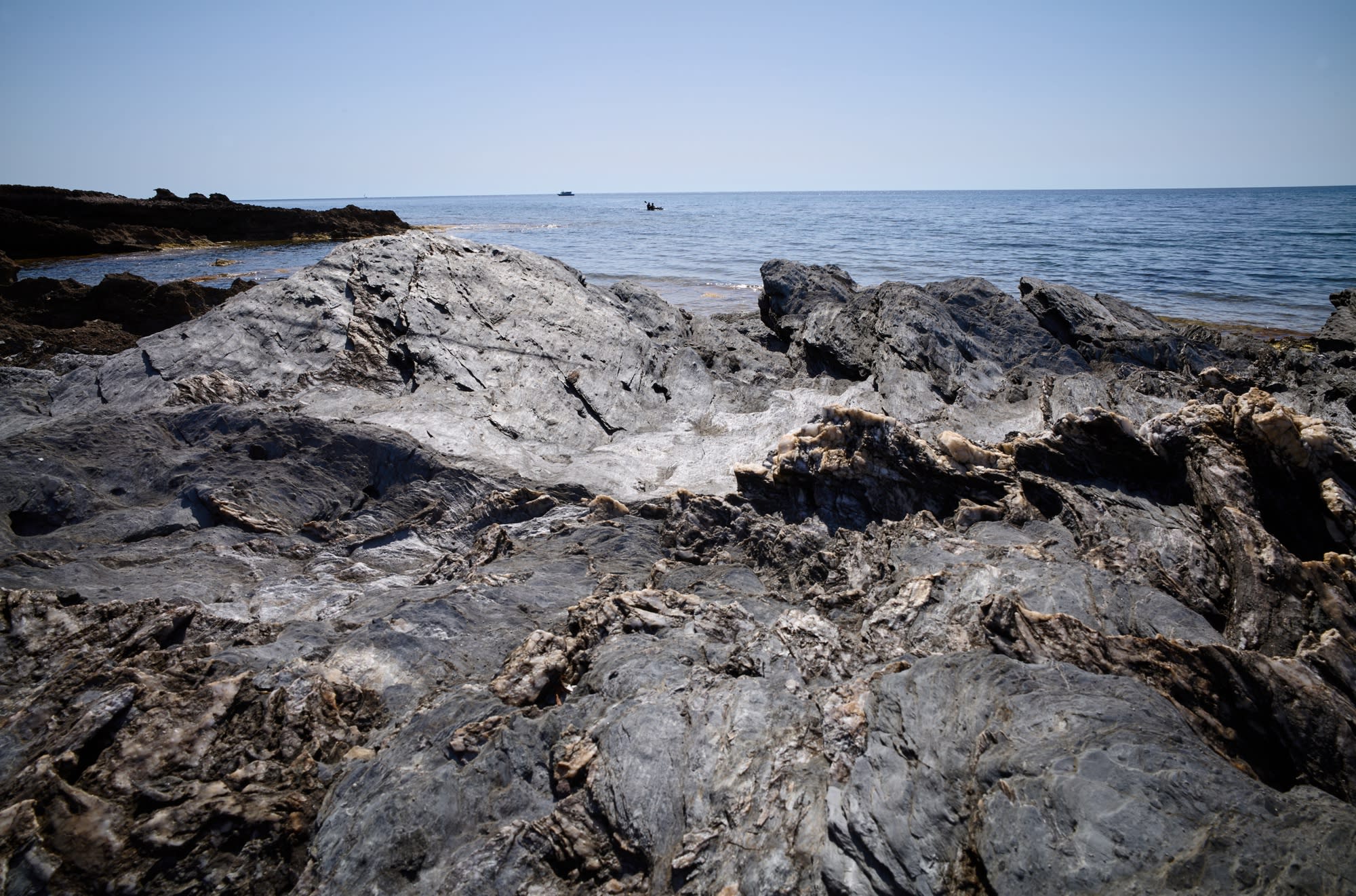
Sardinian Barceloneta
You may have heard of Alghero as ‘Barceloneta Sarda’. This Catalan appellation comes from the period of Aragonese domination.
The Catalan-Aragonese domination left an imprint on the city that is still visible today. It can be found in the architecture of the churches, ramparts and palaces, but also in the local dialect.[2]
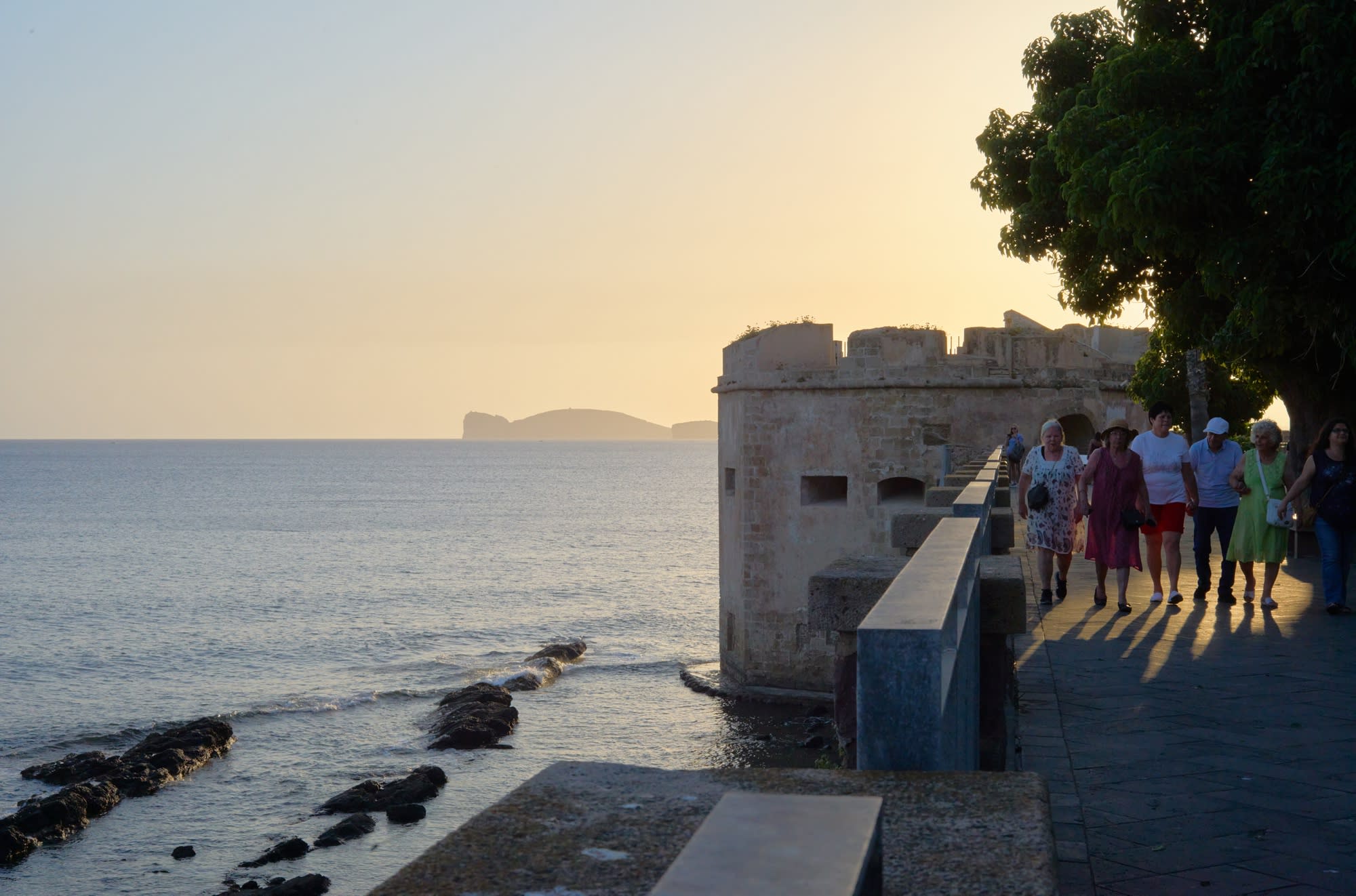
Foundations of ‘modern’ Alghero
According to historians the origins of the town date back to the first half of the 11th century, when the Genoese Doria family strengthened a fishing village on the northwest coast of Sardinia, giving rise to a port of considerable strategic importance.
During the Second World War Alghero and its surroundings were bombed. Many people from Alghero, after having lost their homes during the bombings, were housed in the Jesuit college behind the church of San Michele, then abandoned, which was heavily modified to make houses.
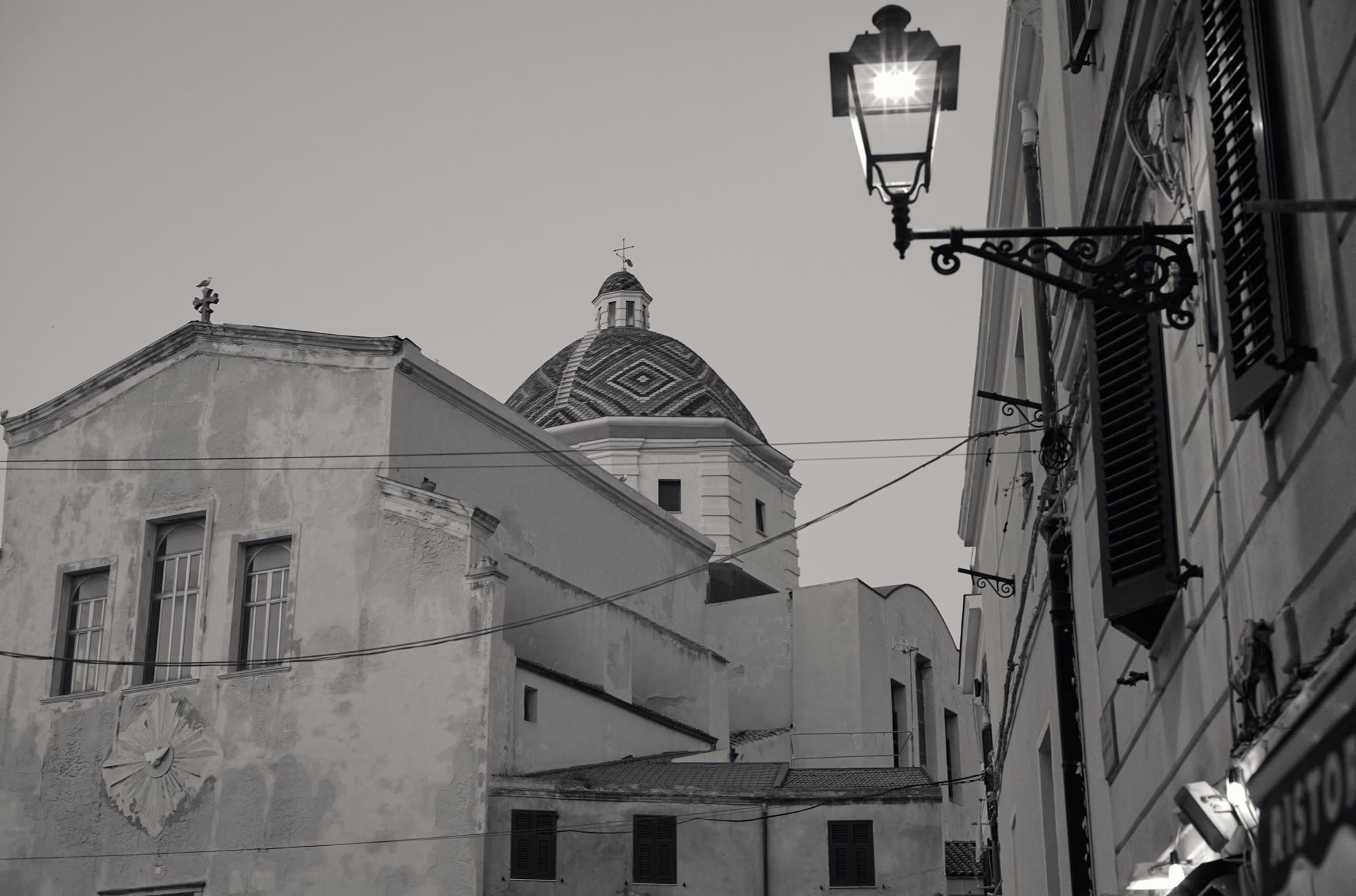
In the sixties the city experienced, like all of Italy, a moment of strong recovery, accompanied however by a strong building speculation. Several social events have their first edition, including the “Meeting of Italian cinema” which rewarded films, actors and directors with the “Il Riccio d’oro” award. and the election of Lady Italia and Lady Europa, with the participation and involvement of famous personalities from the entertainment world. 1960 is the year of the “Retrobament”, the cultural and linguistic reunion between Alghero and Catalonia, celebrated every year.[3]
ALGHERO, DAILY LIFE
Even though the Vespa of Corradino D'Ascanio, the engineer who created the most famous scooter of all time, has evolved with the times, you can still come across a vintage Vespa on the streets of Alghero. Synonymous with freedom, this fascinating Vespa is an integral part of life in Alghero as well as all of Italy.
Laundry is hung on the windowsill, partly because of the favorable climate and partly because of the absence of space inside. For families, everyday life and for visitors, a pleasure, colorful and lively streets in the sunshine.
Alghero, Flavours of the territory From the richest and most renowned of dishes to the oldest “poor’ recipes maintained in the memories of a land and sea that are full of generous flavours, Alghero cuisine moves to the rhythm of the seasons and brings to the table the products of an area that produces from and on from the sea.
It is a cuisine that is both creative and original that by always carefully choosing its raw materials has been able to fully exploit the resources of its territory. The outcome is a palette of Mediterranean tastes, arising from a culinary art that despite being proudly attached to the origins of an ancient and extraordinary land skifully swings between tradition and innovation, never betrying its original flavours.[4]
Local people still make pasta at home using traditional methods.

Dans leurs jardins, ils cultivent des plantes aromatiques et aromatisantes comme le basilic.
The Cathedral of Santa Maria Immacolata is the cathedral of the diocese of Alghero-Bosa. Dating back to the 16th century, it is located in the historic center of the city, of which it is one of the main monuments, as well as one of the largest churches in Sardinia. The Immaculate Conception is particularly felt also because the cathedral church was dedicated to the Immaculate Conception.

There is a big confusion about the Immaculate Conception. Indeed, if it is true that the conception of Christ is exempt from sin by the very nature of the Son of God, the Immaculate Conception celebrated on December 8 does not refer to the conception of Jesus, but to the place of birth of the Virgin Mary.[5]
Sant’Elmo tower characterized by the presence of the Aragonese crown’s crest, has the typical architectural structure of the XVI century buildings.
The tower is entitled to Sant’Erasmo, the seafarer saint, whose veneration dates back to centuries ago, as proved by the presence of an altar in a cave nearby Capo Caccia.
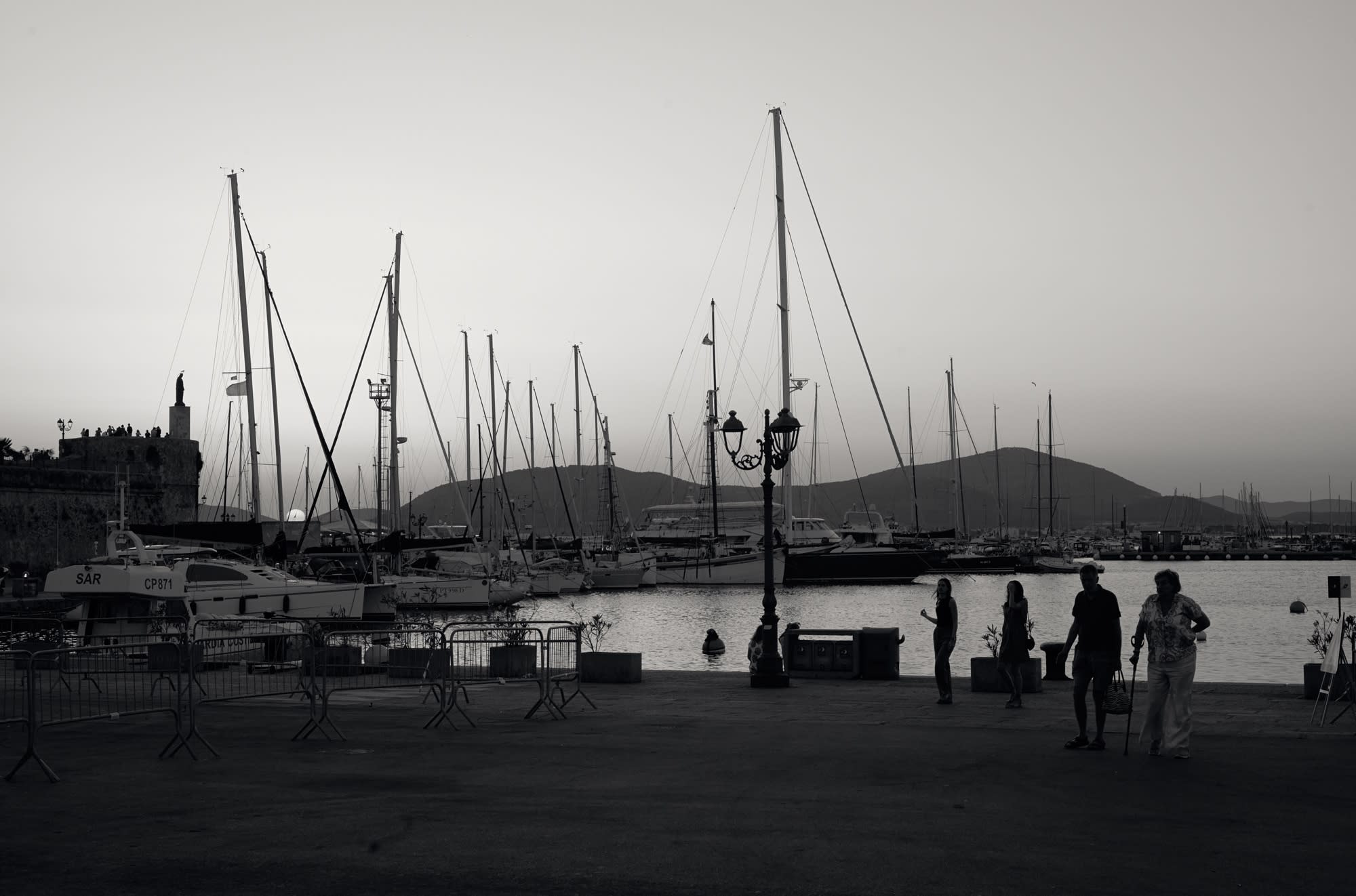
Since 1950 it has hosted the bronze simulacrum of Our Lady of Stella Maris. Nearby the tower there is the ancient door of Sant’Elmo, that is now opened after being walled up for a long time. To the right there is the last portion of the Bastioni Pigafetta, composed of a walkway built over the arcades, which were the entrances to the ancient harbor inside the city walls, where the ships could be better protected.[6]
EMPHASE
This emblematic tower dominating Sulis Square was originally known as Torre de l'Esperó Reial or Torre dello Sperone (Tower of the Royal Spur). Its current name refers to the 19th-century Sardinian revolutionary Vincenzo Sulis, who was imprisoned for 22 years between its 6-meter-thick walls.
The atmosphere of the narrow streets that connect the squares like a labyrinth is so medieval and so well preserved that you can expect an armored knight on horseback to suddenly pass you by while you are having ice cream in your hand...
According to a myth, what is done at noon is the respect for power. When the sun is at its peak, in other words, when it hits from the top, when it is in its hottest period, a beginning that we think is the last, may be the object that we think of as a shadow. Truth is sometimes just an illusion or legends…
THE TRUE HISTORY AND LEGENDS OF ALGHERO
It seems that the true history of Alghero can only be told by the inhabitants of the city. It is full of legends with mythological accents and revolutionary characters with dramatic lives, like Vincenzo Sulis, to whom one of the towers of the city walls is dedicated. It also celebrates ancient ships that still exist, a bit like characters themselves, surviving adventures that have something incredible.
More than in any other place, the history of Alghero can be found every day walking through the streets of the city, talking with the inhabitants, visiting the museums, tasting the typical dishes and admiring the crafts.
Everything the city offers today encapsulates its history.[7]

Brief
Alghero is the 5th largest city of about 45,000 inhabitants, located in the Italian insular province of Sassari, in the northwest of Sardinia, next to the Mediterranean Sea.
Alguerese (the Catalan dialect spoken there) is officially recognized as a minority language.
Coral fishing in season, fruit canning, sawmilling, and olive-oil production are the principal industries
Alghero is the third university center in the island, coming after Cagliari and Sassari.[8]
In 2012, it was the most visited city by tourists in Italy.[9]
Gulgun Gunal | September 14, 2022

